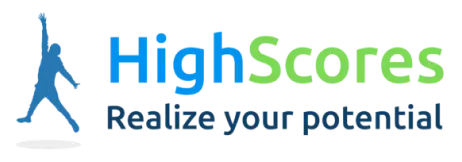Promote & maximize one-to-one interaction
Every student is a different type of learner. Some prefer a visual learning style, while others could be auditory learners. Students must be given opportunities to ask questions and provide feedback to the teacher about their teaching methods. By keeping students engaged, the learning process becomes more fun and effective for them.
This can be done by keeping classroom sizes small, which leads to more one-on-one interactions between the student and the teacher. Students must be given opportunities to ask questions and provide feedback to the teacher about their teaching methods. By keeping students engaged, the learning process becomes more fun and effective for them.
Stay result-driven
Since each student has different academic strengths and weaknesses, so teachers must employ strategies that adapt to the student’s skill set. Students naturally become more result-driven by learning from mistakes and receiving continuous feedback.
Result-driven methods also involve the creation of a collaborative and dynamic structure of learning between students and teachers to help the students improve continuously.
Setting daily practice goals and monitoring progress
Students often face stress due to feeling overburdened by an extensive test syllabus or academic pressure. It is, therefore, necessary to employ practice-based and goal-based learning strategies. Both these strategies go hand in hand as they involve continuous learning and the maintenance of daily practice goals.

Daily goals are set through regular practice quizzes and video-based or text-based learning. Continuous learning allows tracking a student’s progress, which helps gauge their improvement.
Targeted Practice and Adaptive Assessments
A common problem that students face is a need for preparation time for tests such as the SAT and ACT. Hence, to optimize their practice, they should be given adaptive assessments. These are assessments that are personalized to the test-taker’s abilities. Each new question is based on the test taker’s weaknesses, question complexity, topic requiring revision, etc. A similar method lets the student filter questions based on subject, unit, and matter.
As a teacher, you must find time to review data & analyze performance. Once the teacher has analyzed the students for their weak areas and preferred learning methods, it becomes easier for them to personalize learning strategies. For example, practice tests that focus mainly on a student’s weak areas can be given to that student, and such targeted practice makes a massive difference in a student’s performance.
What’s Next
Through a combination of personalized learning strategies that involve targeted and goal-based daily practice in the form of videos, mock tests, and more, HighScores optimizes both the teaching and learning process to achieve better results.
The student becomes an active participant in the learning process when they are allowed to engage with the teacher and are given constant advice. This may be through a regular chat session or message centers on other online collaborative platforms.









